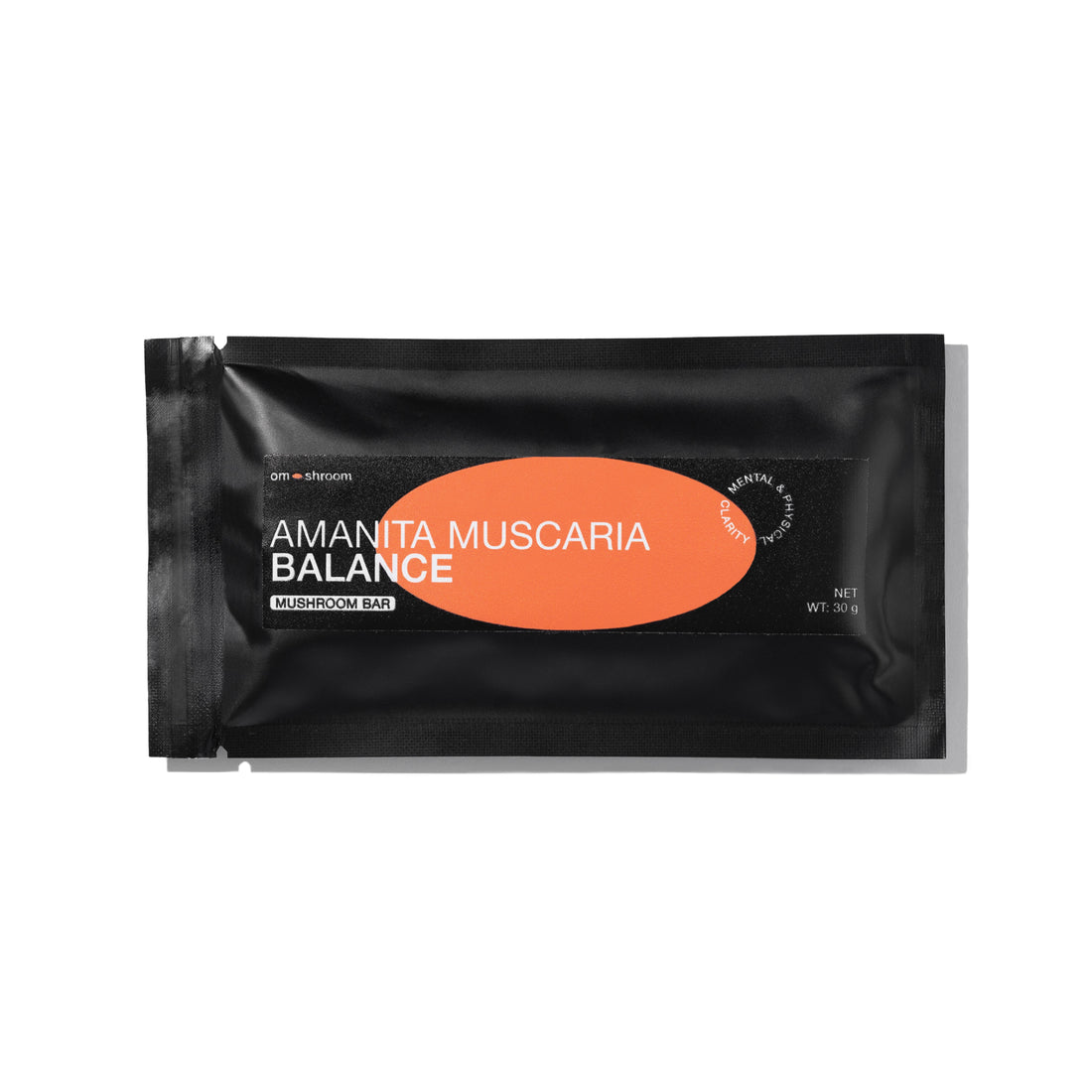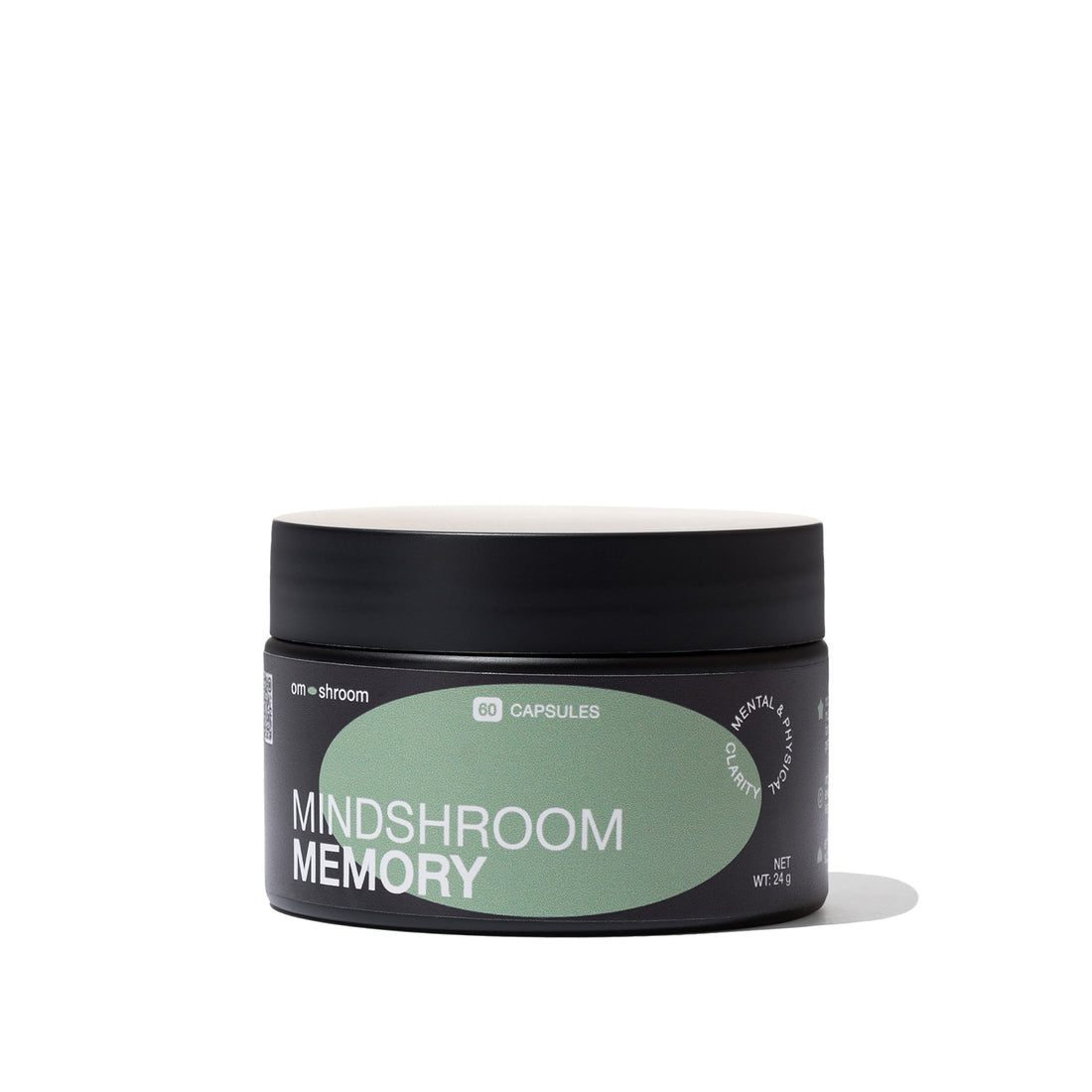17 products
-
BALANCE: Amanita Muscaria Capsules
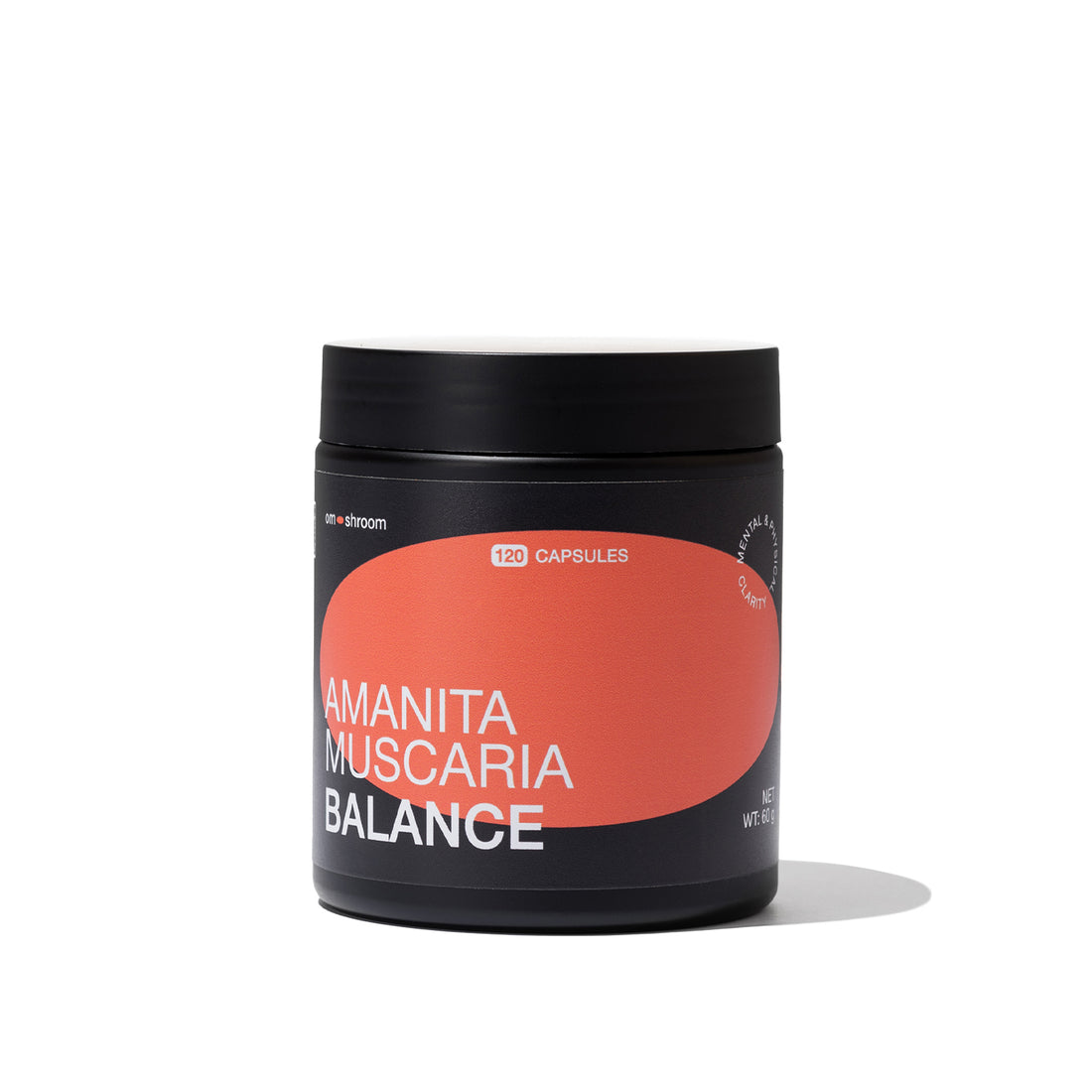
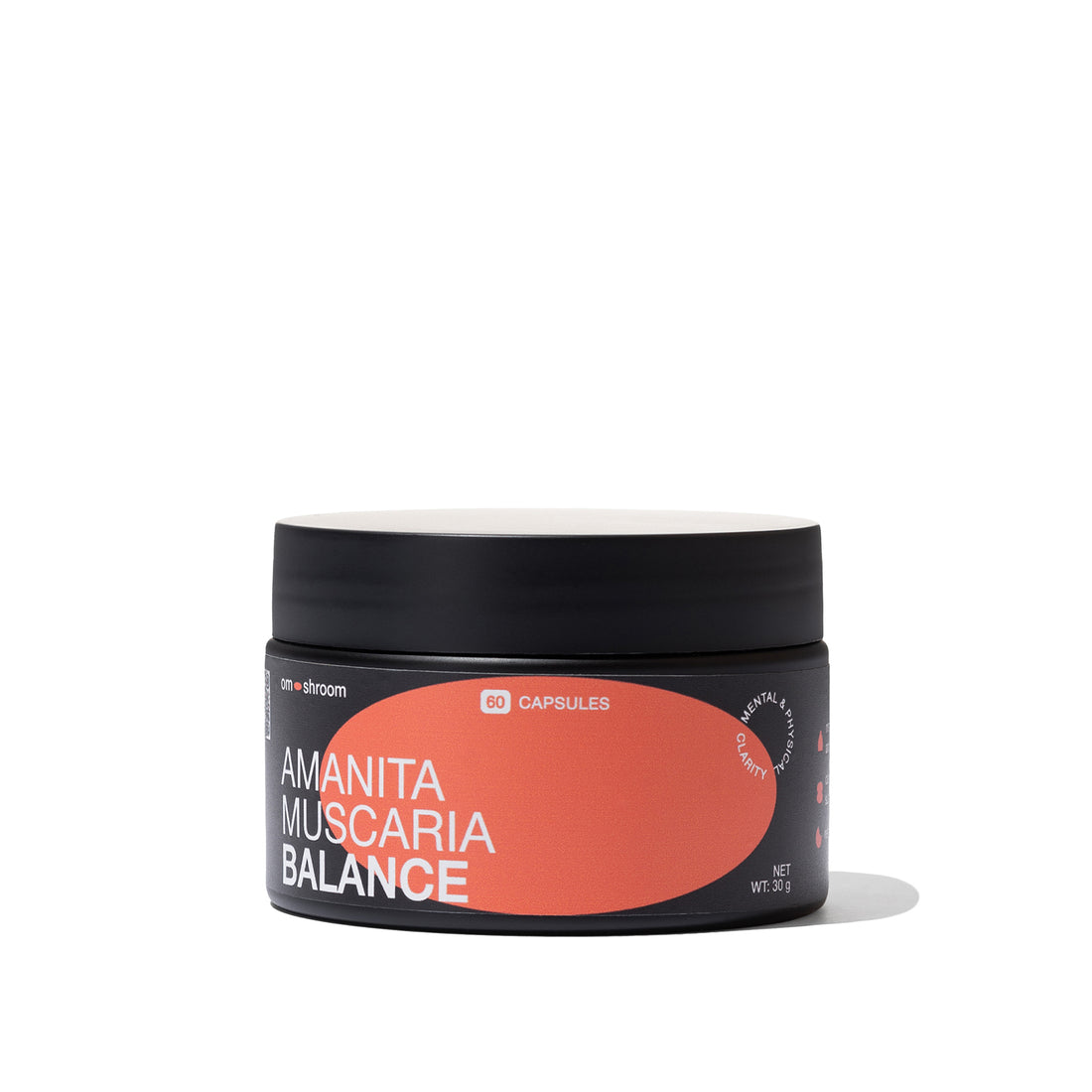 Vendor:BALANCE: Amanita Muscaria Capsulesom.shroom
Vendor:BALANCE: Amanita Muscaria Capsulesom.shroom- Regular price
-
€32.00 €54.00 - Regular price
-
- Sale price
-
€32.00 €54.00
-
Amanita Muscaria Powder
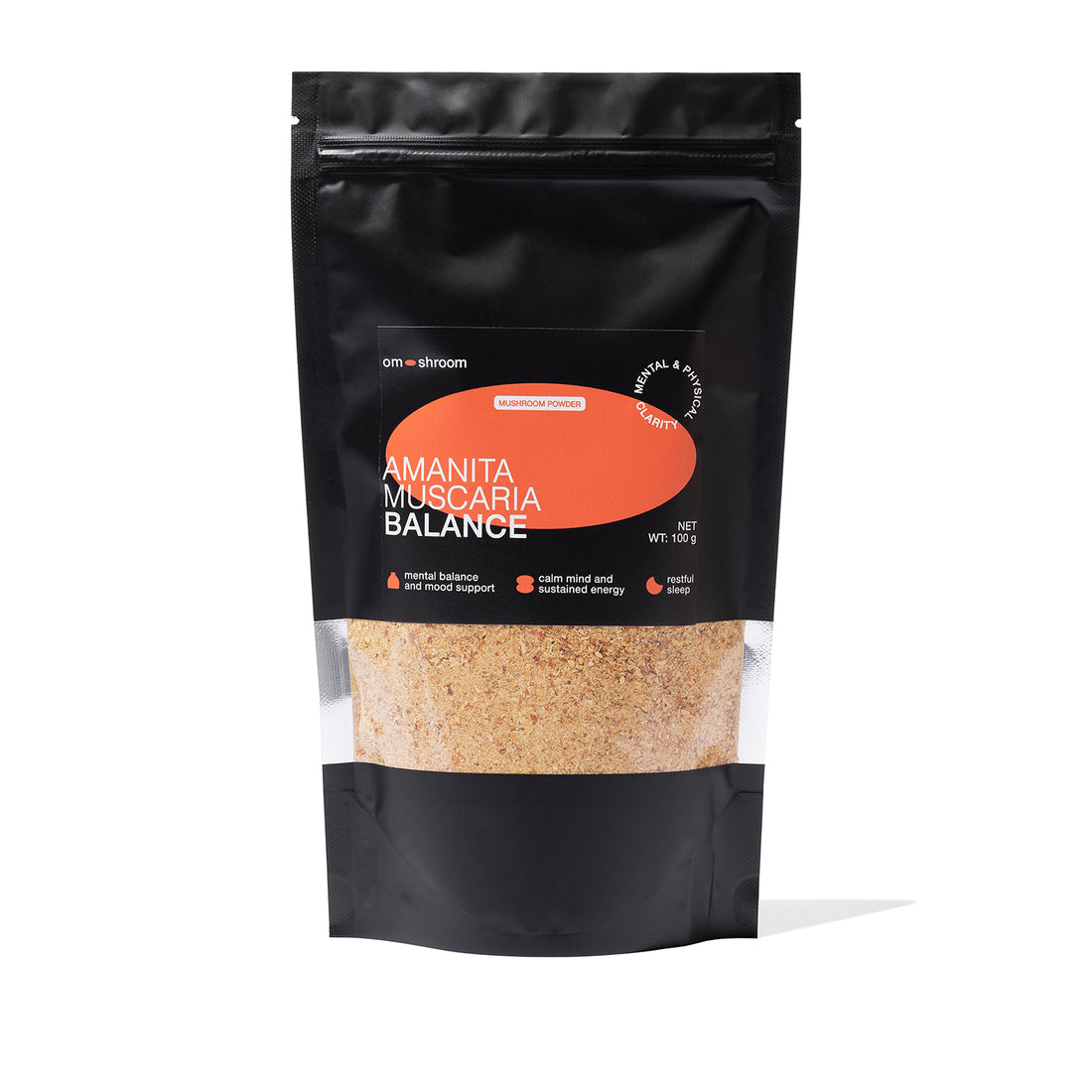
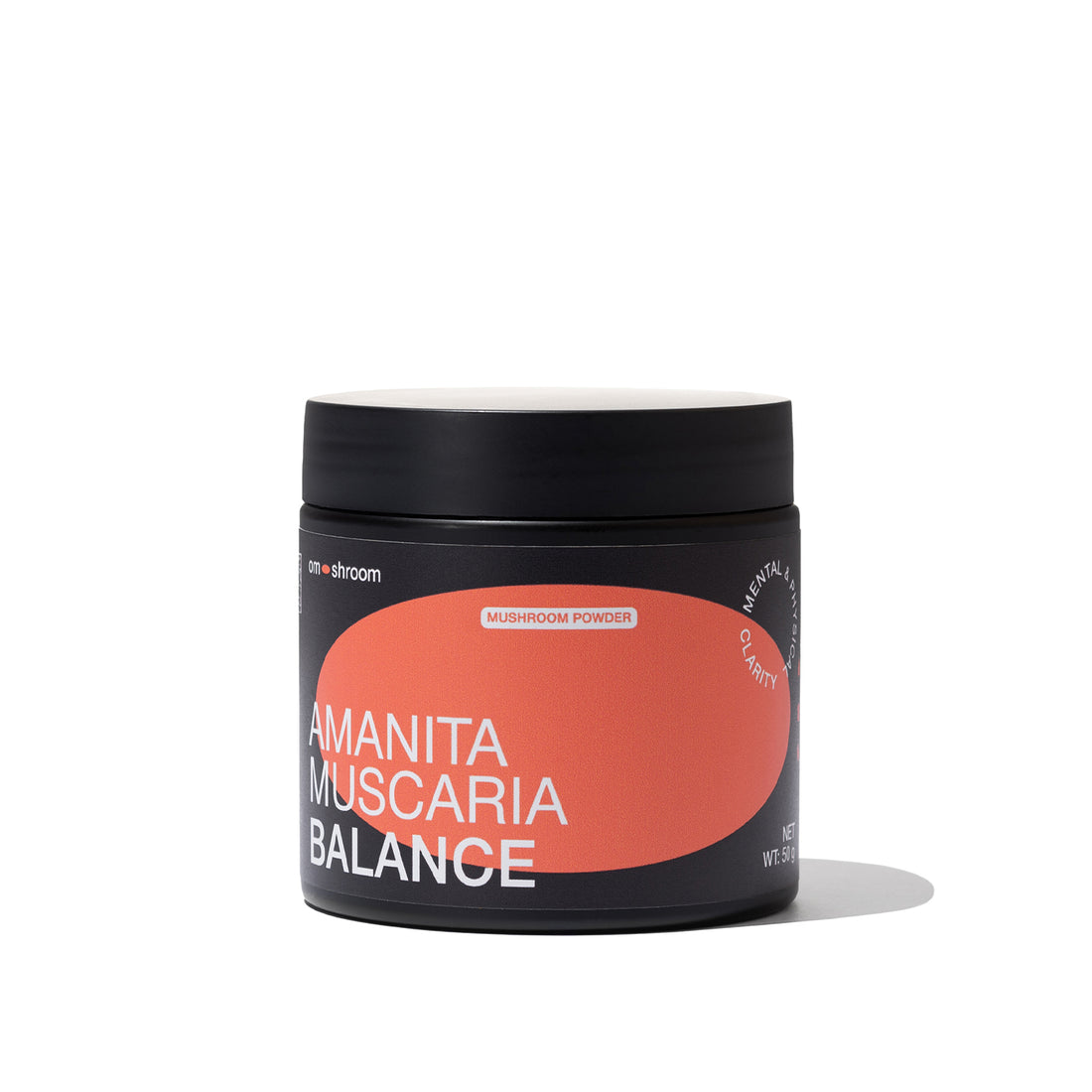 Vendor:Amanita Muscaria Powderom.shroom
Vendor:Amanita Muscaria Powderom.shroom- Regular price
-
€30.00 €50.00 - Regular price
-
- Sale price
-
€30.00 €50.00
-
Amanita Muscaria Dried Caps
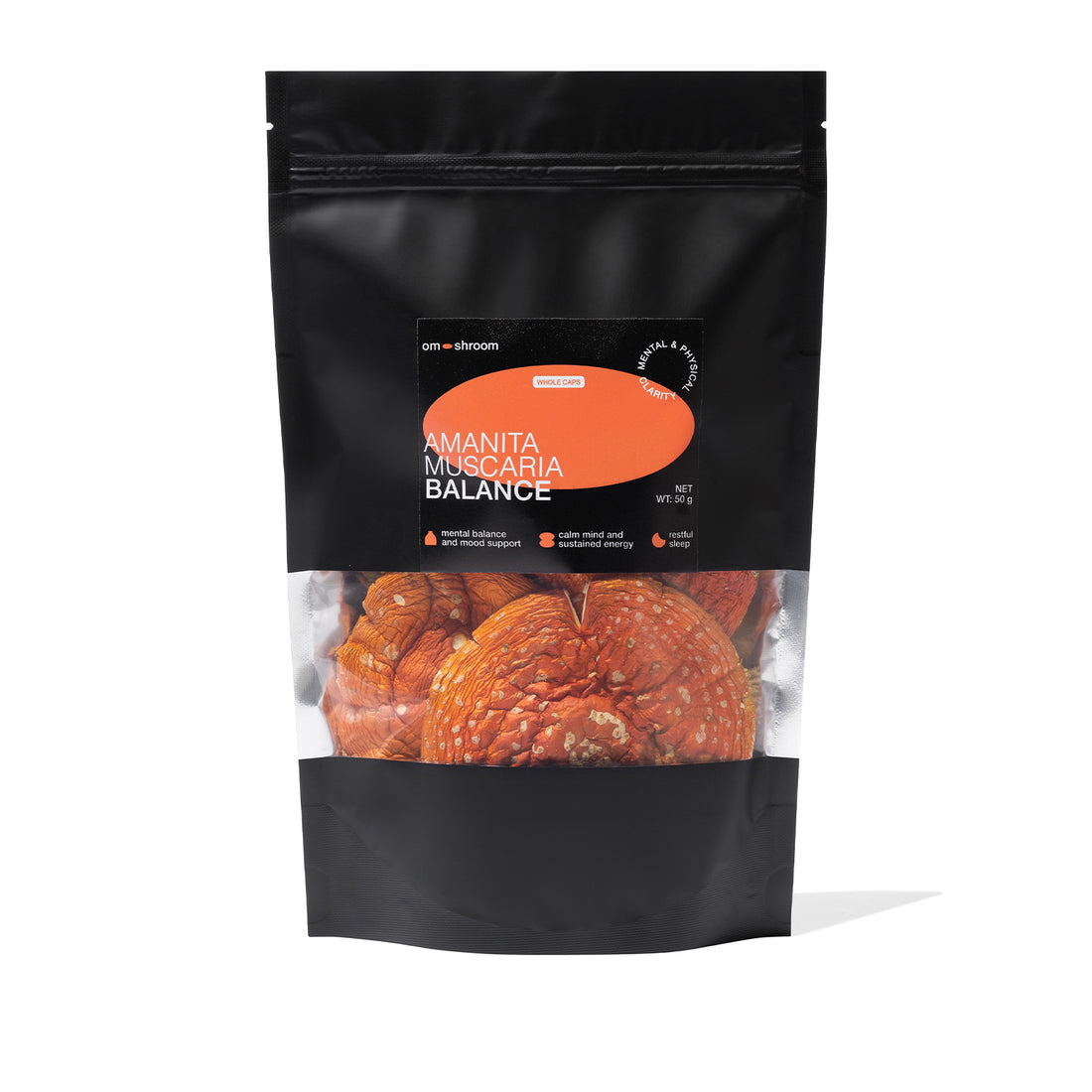
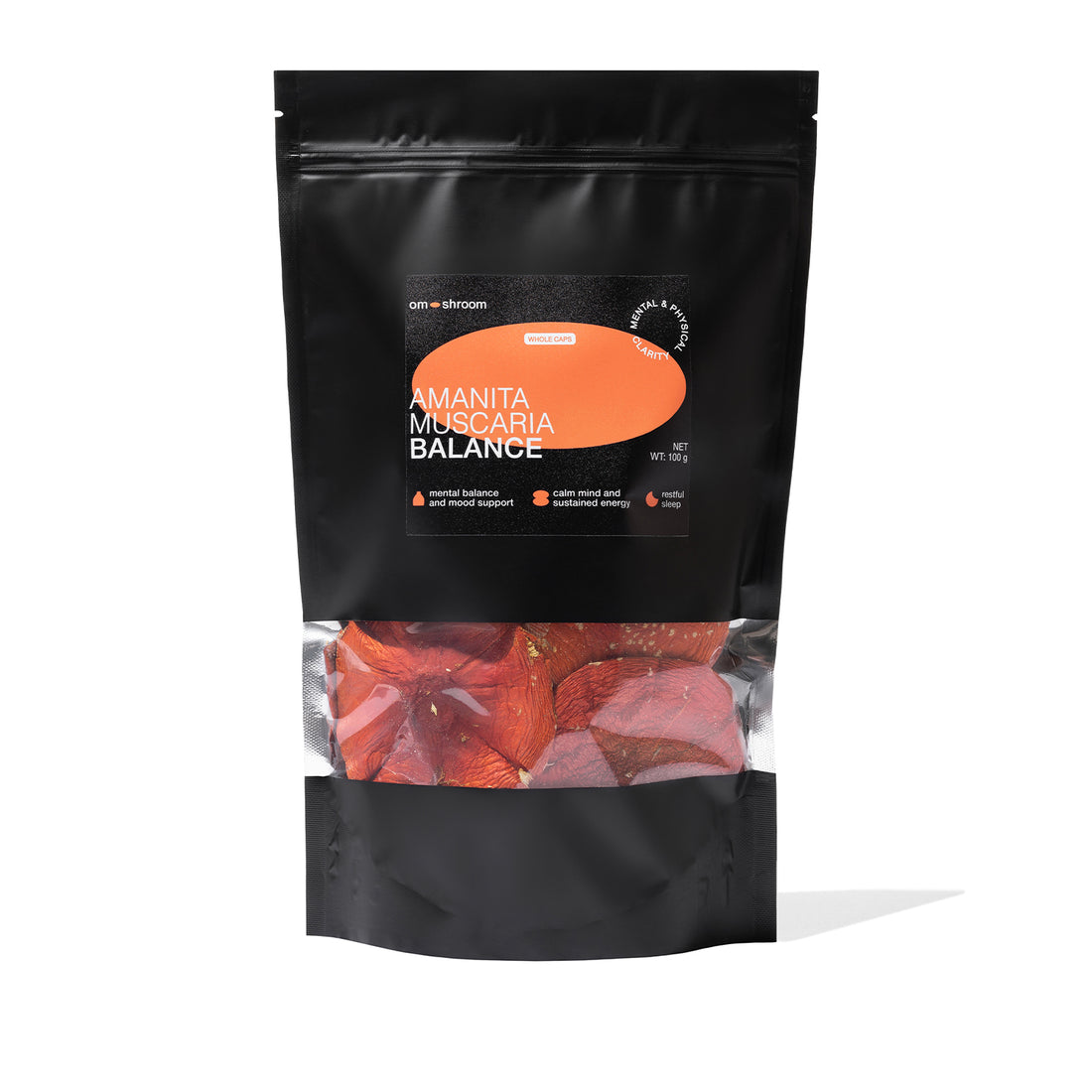 Vendor:Amanita Muscaria Dried Capsom.shroom
Vendor:Amanita Muscaria Dried Capsom.shroom- Regular price
-
€32.00 €54.00 - Regular price
-
- Sale price
-
€32.00 €54.00
-
Amanita Muscaria VIP Caps 50g
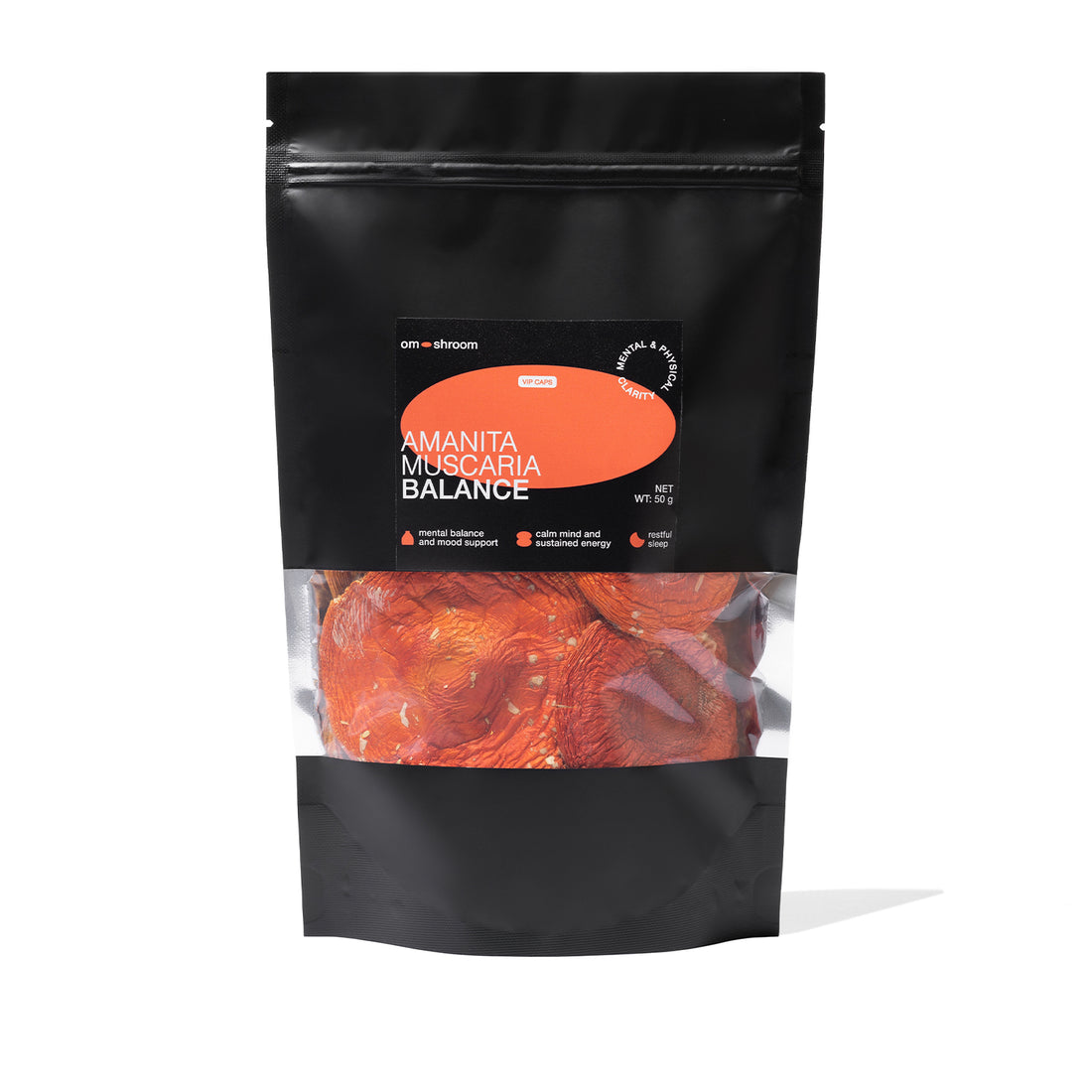 Vendor:Amanita Muscaria VIP Caps 50gom.shroom
Vendor:Amanita Muscaria VIP Caps 50gom.shroom- Regular price
-
€36.00 - Regular price
-
- Sale price
-
€36.00
-
Amanita Muscaria Unopened Caps 50g
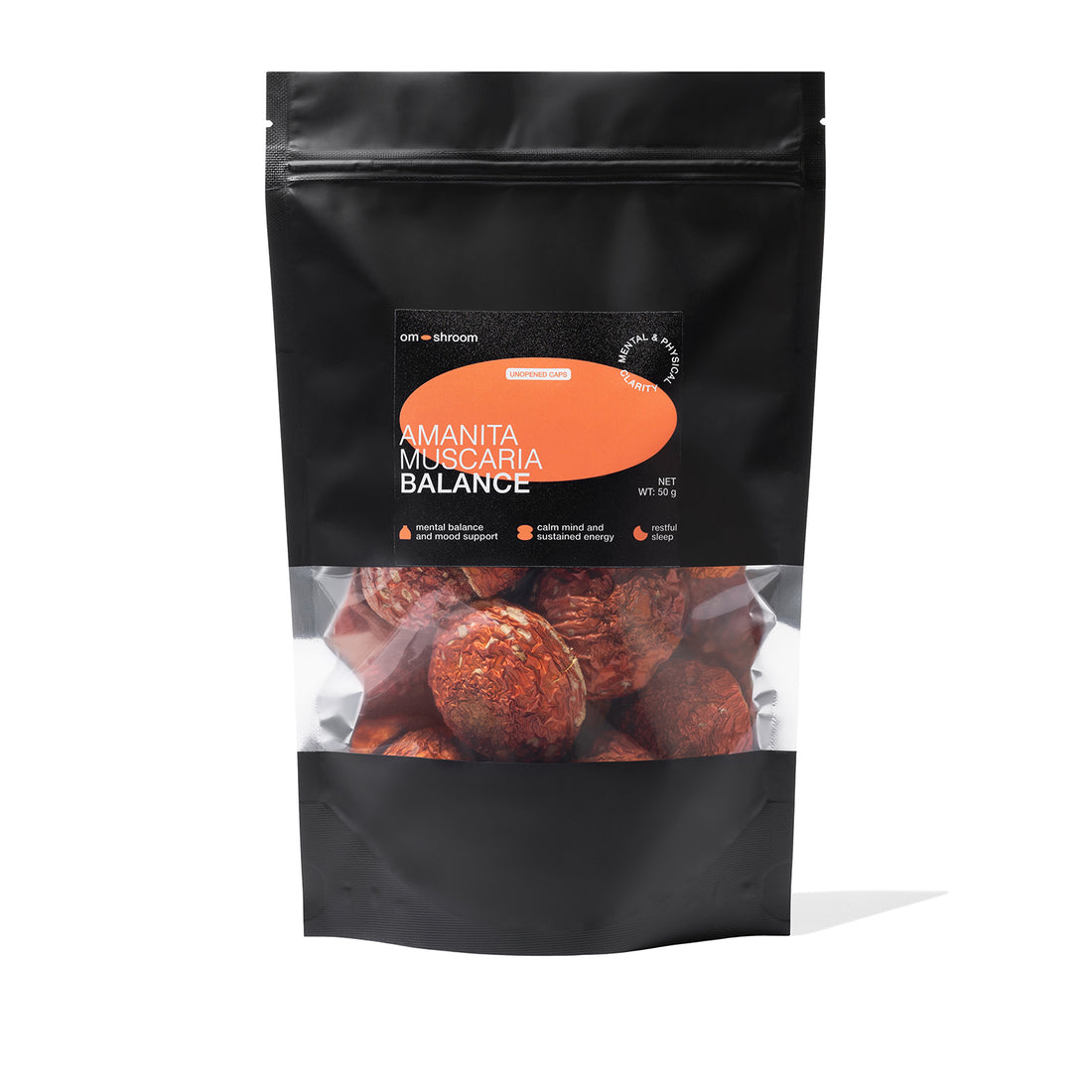 Vendor:Amanita Muscaria Unopened Caps 50gom.shroom
Vendor:Amanita Muscaria Unopened Caps 50gom.shroom- Regular price
-
€32.00 - Regular price
-
- Sale price
-
€32.00
-
Amanita Muscaria Gummies, Berries Flavour
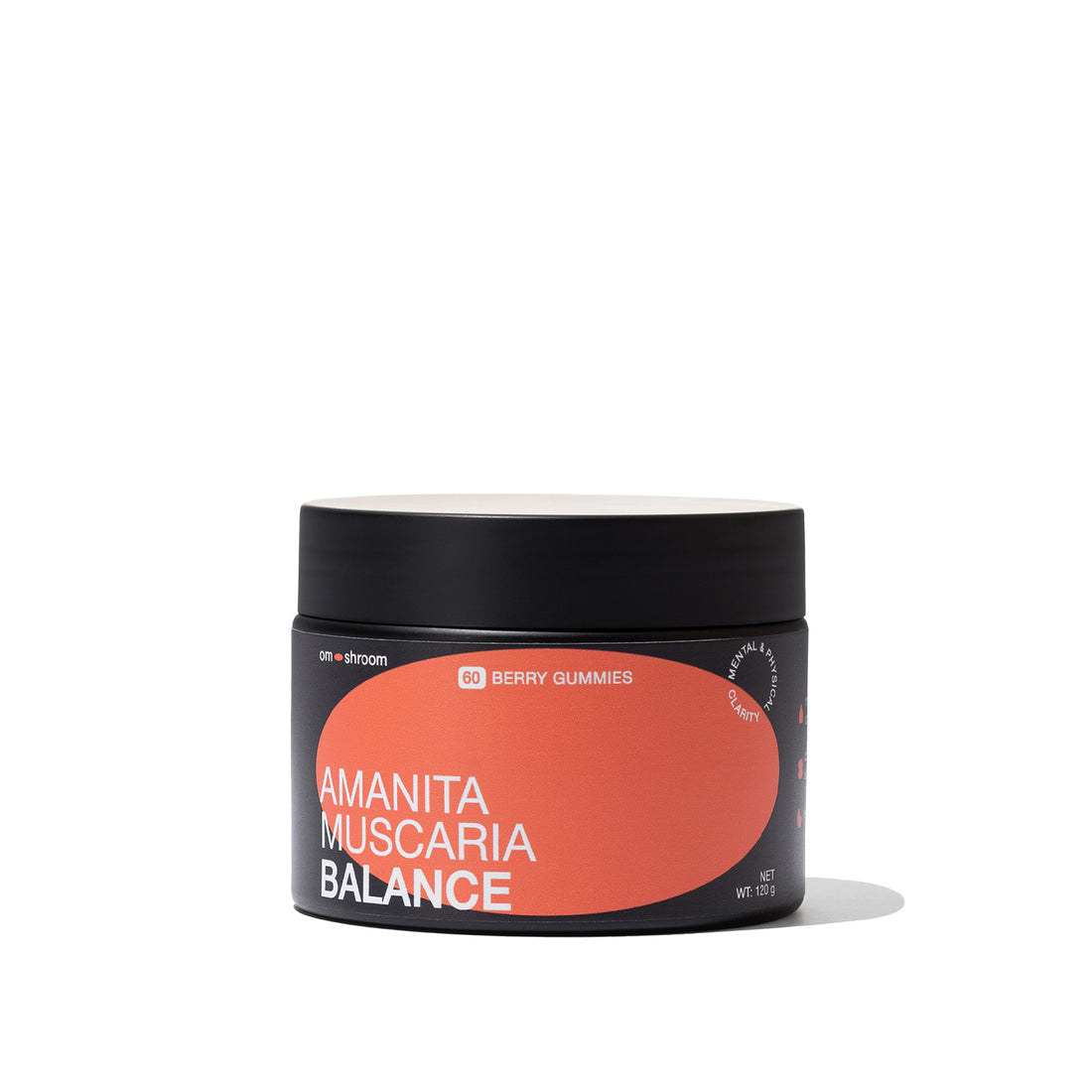
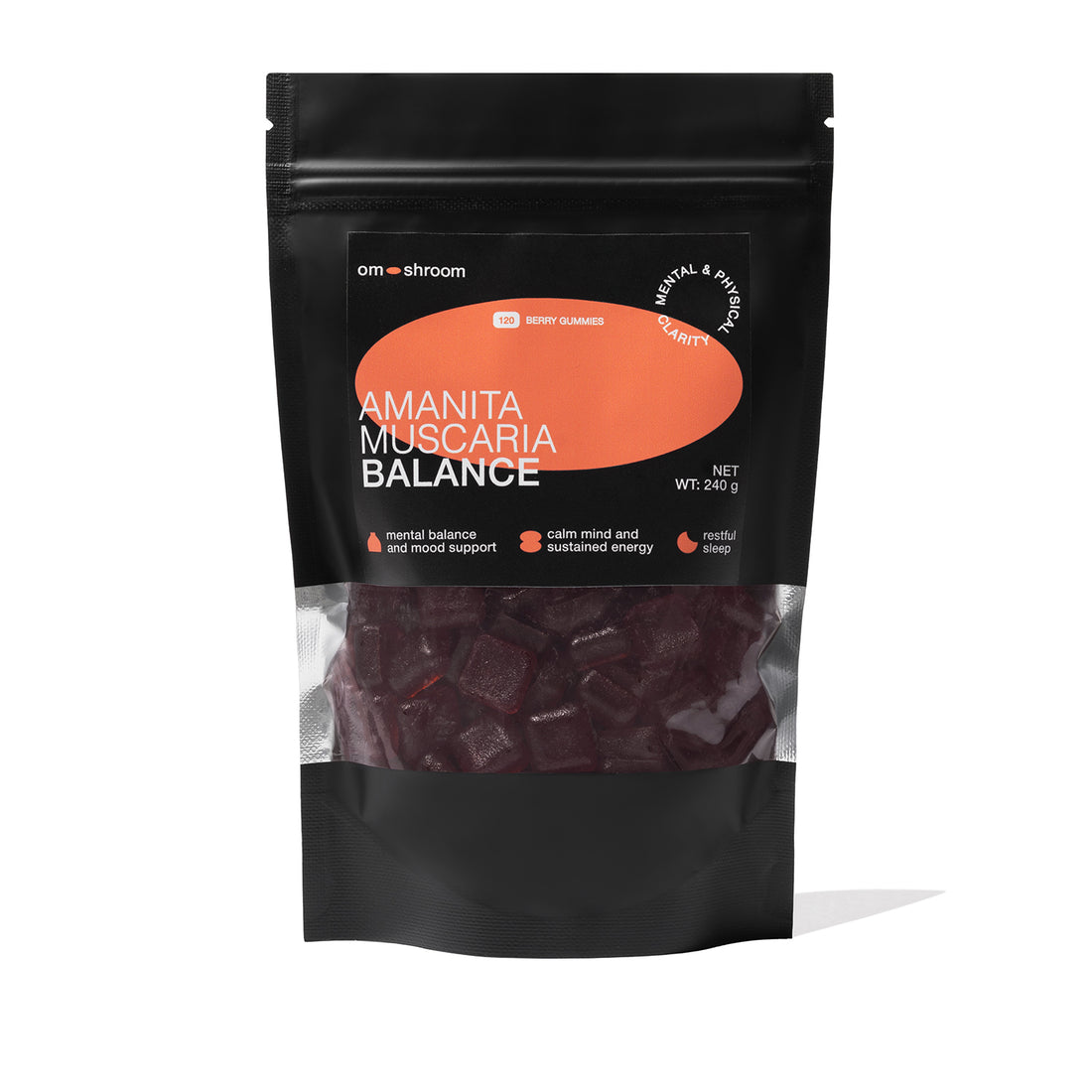 Vendor:Amanita Muscaria Gummies, Berries Flavourom.shroom
Vendor:Amanita Muscaria Gummies, Berries Flavourom.shroom- Regular price
-
€26.00 €44.00 - Regular price
-
- Sale price
-
€26.00 €44.00
-
Amanita Muscaria Gummies, Apple Flavour
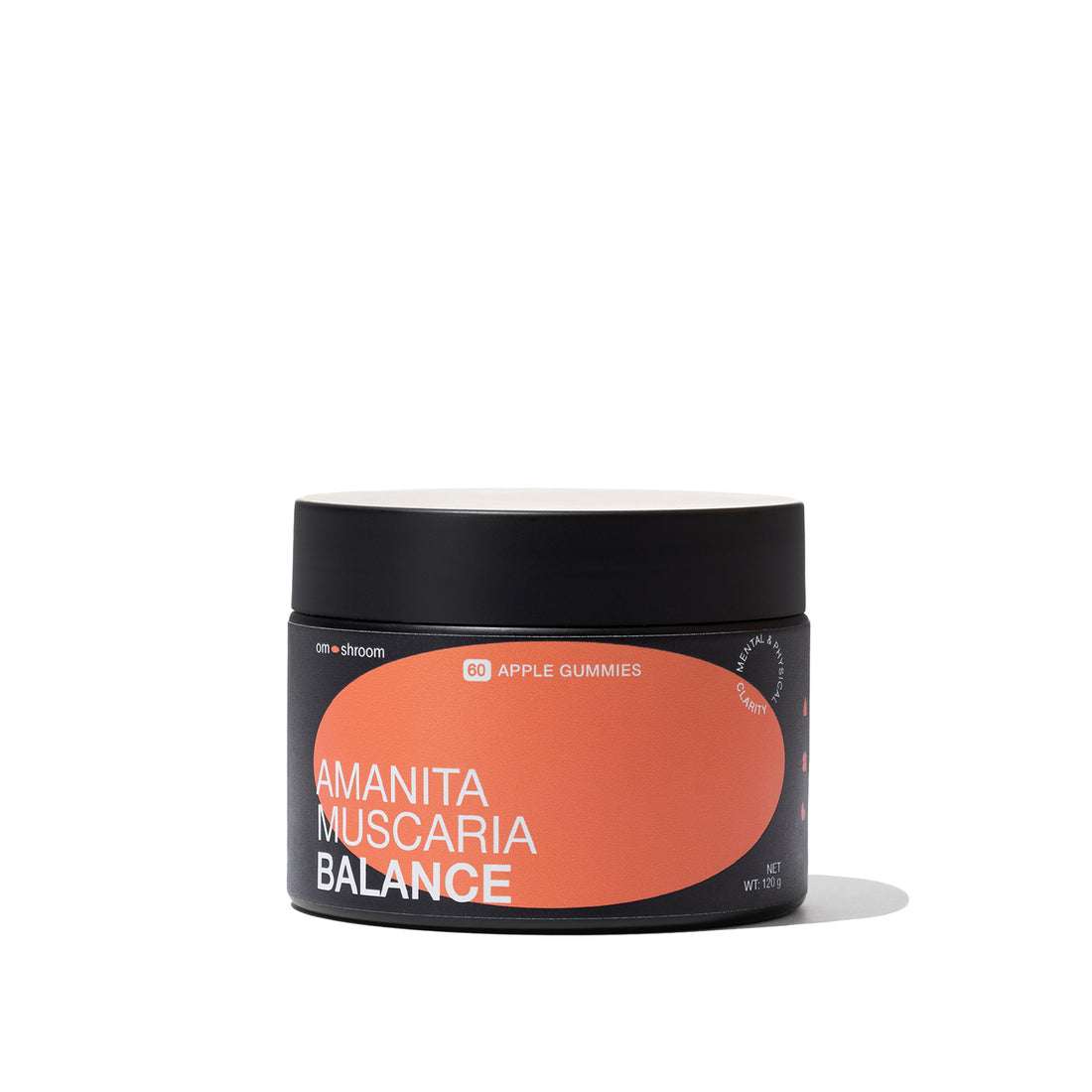
 Vendor:Amanita Muscaria Gummies, Apple Flavourom.shroom
Vendor:Amanita Muscaria Gummies, Apple Flavourom.shroom- Regular price
-
€26.00 €44.00 - Regular price
-
- Sale price
-
€26.00 €44.00
-
Amanita Muscaria Vegan Chocolate 15 tiles 1g fly agaric each

 Vendor:Amanita Muscaria Vegan Chocolate 15 tiles 1g fly agaric eachom.shroom
Vendor:Amanita Muscaria Vegan Chocolate 15 tiles 1g fly agaric eachom.shroom- Regular price
-
€24.00 - Regular price
-
- Sale price
-
€24.00
-
Amanita Muscaria Vegan Chocolate 24 tiles 0.4g fly agaric each
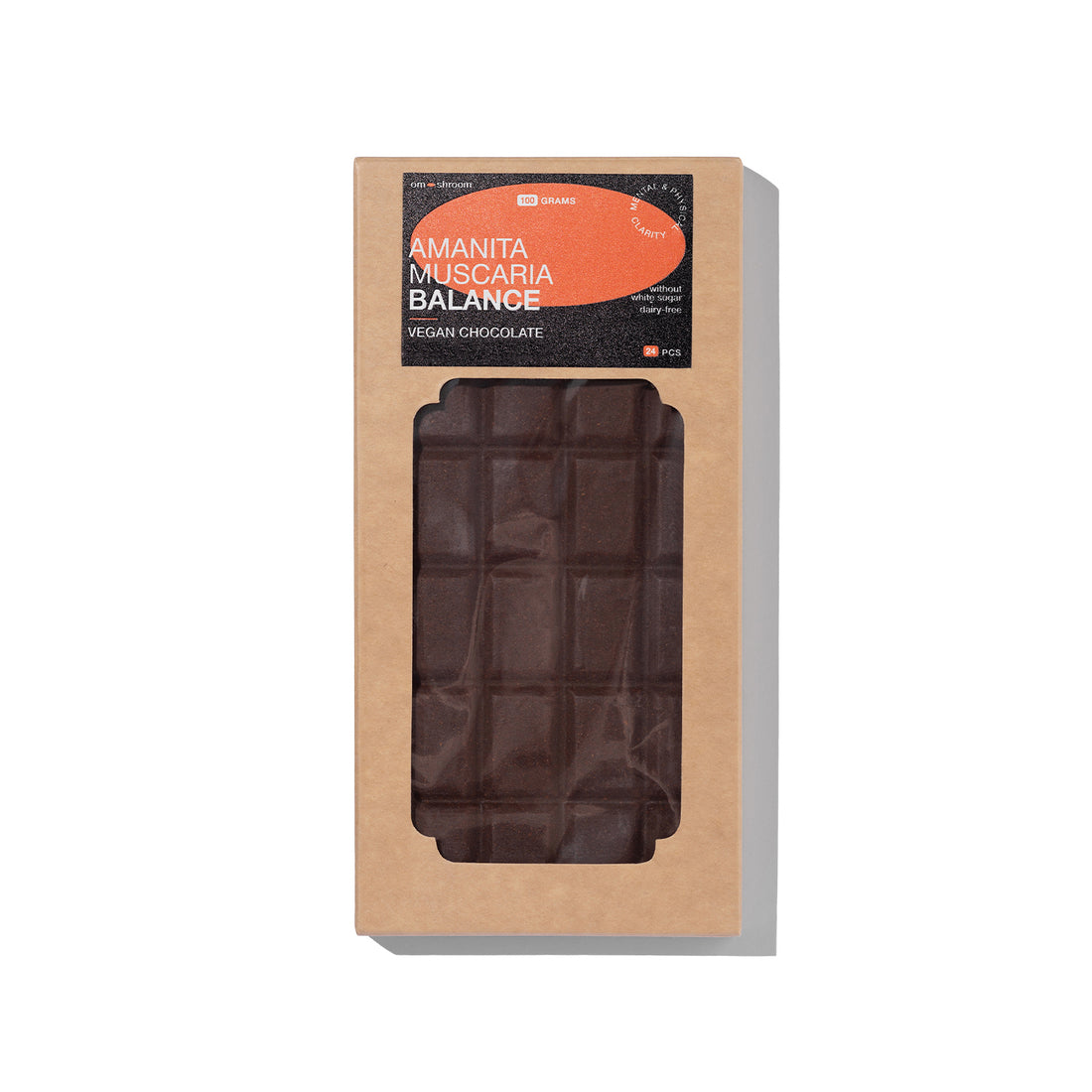 Vendor:Amanita Muscaria Vegan Chocolate 24 tiles 0.4g fly agaric eachom.shroom
Vendor:Amanita Muscaria Vegan Chocolate 24 tiles 0.4g fly agaric eachom.shroom- Regular price
-
€20.00 - Regular price
-
- Sale price
-
€20.00
-
Amanita Heart Candies
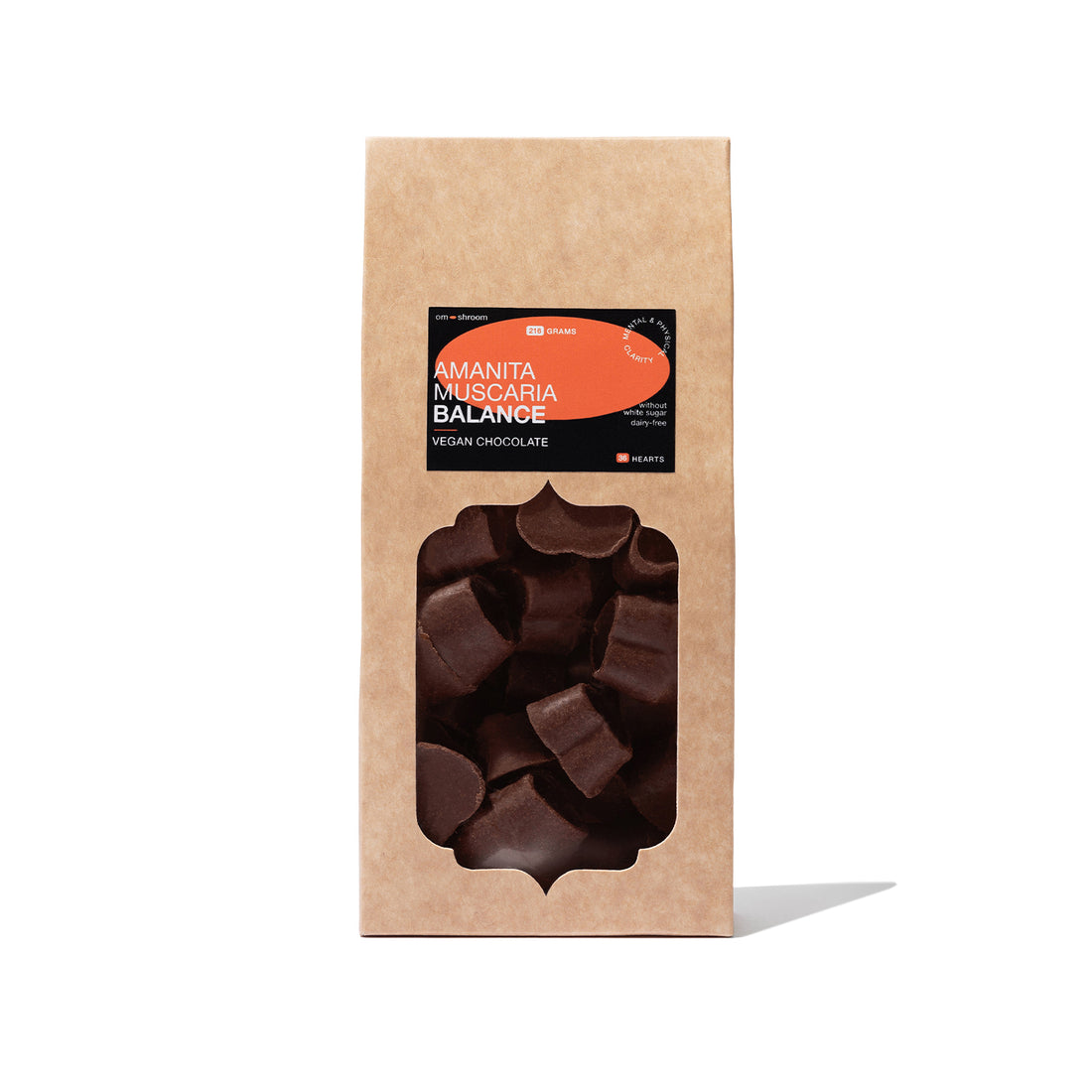
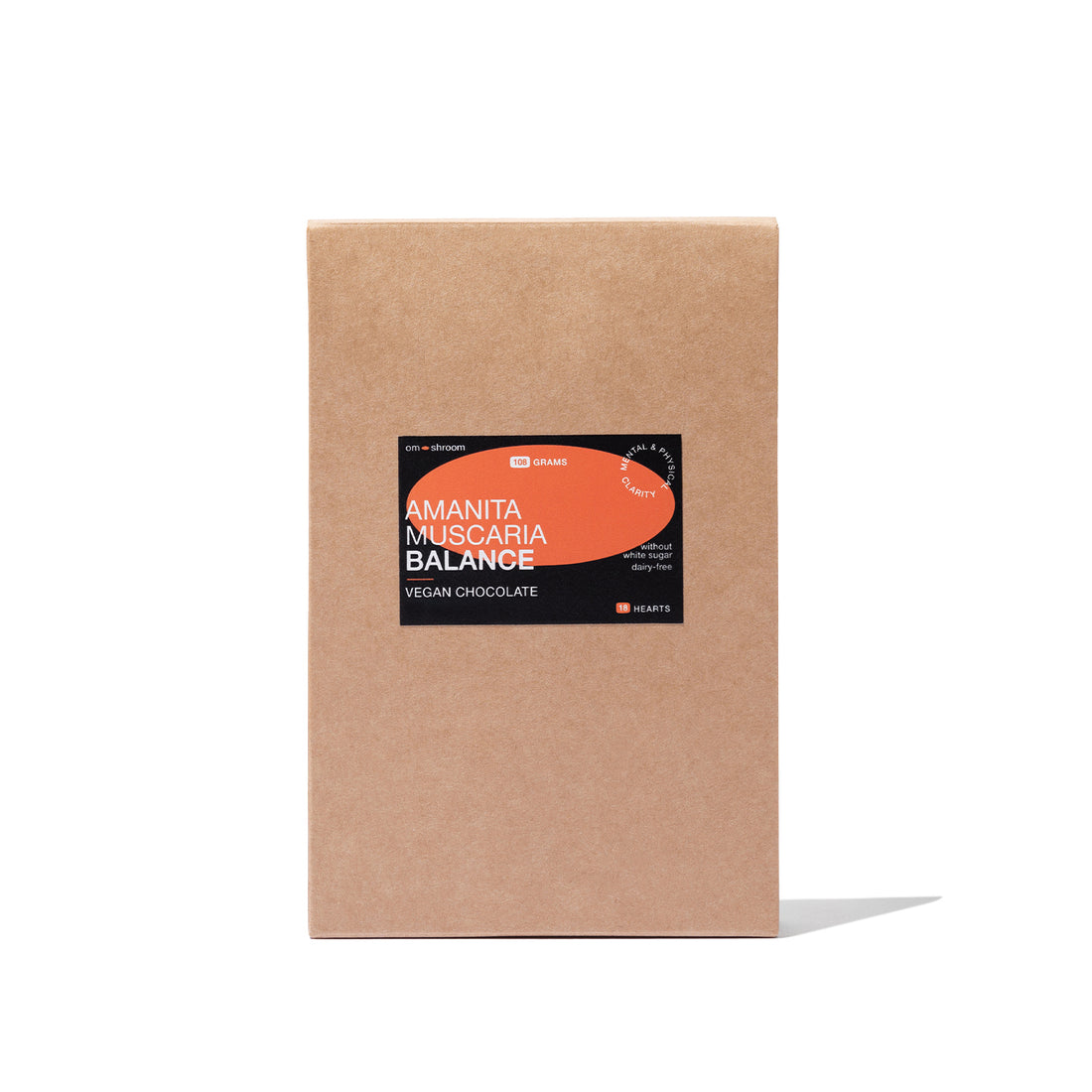 Vendor:Amanita Heart Candiesom.shroom
Vendor:Amanita Heart Candiesom.shroom- Regular price
-
€26.00 €44.00 - Regular price
-
- Sale price
-
€26.00 €44.00
-
Amanita Muscaria Energy Bar
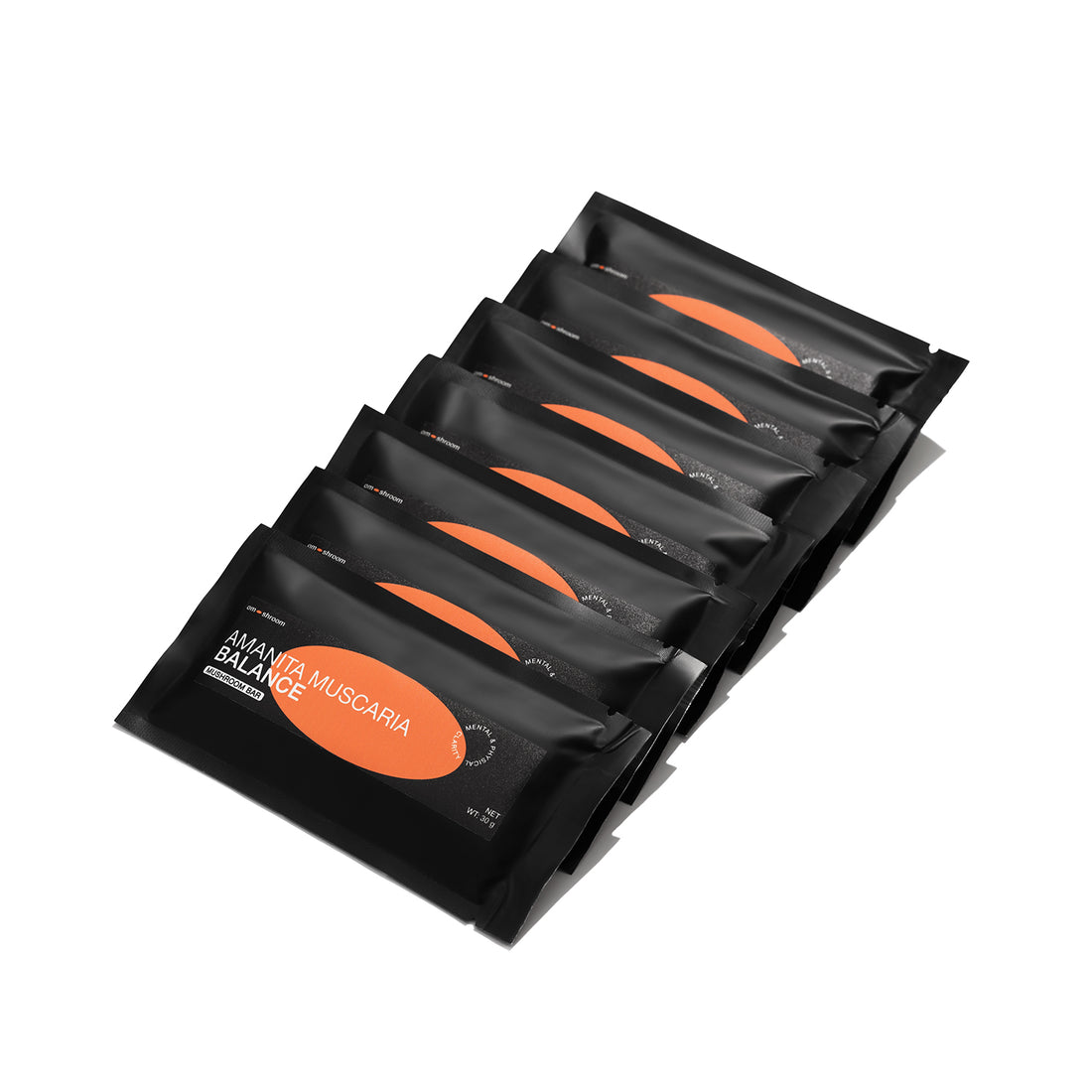
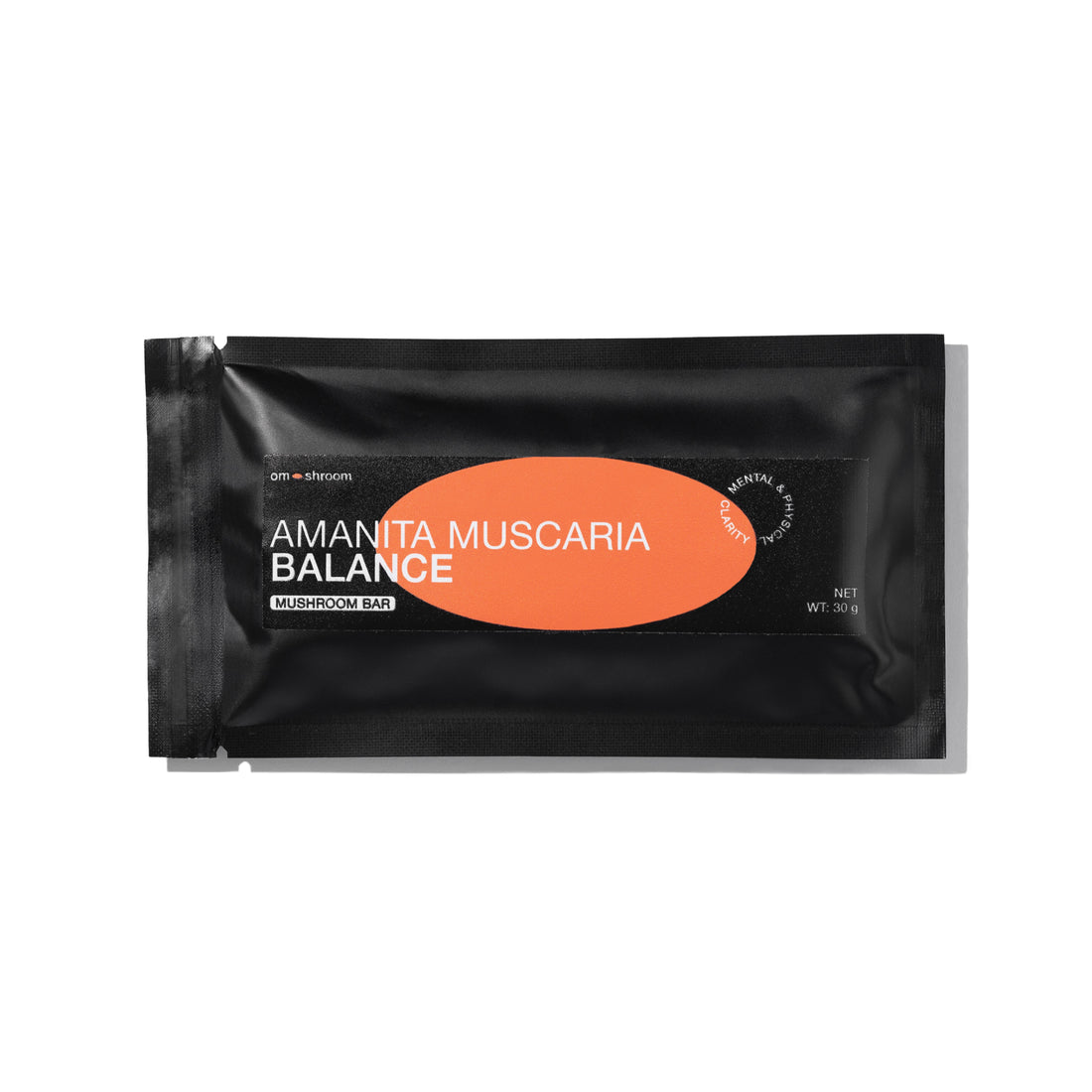 Vendor:Amanita Muscaria Energy Barom.shroom
Vendor:Amanita Muscaria Energy Barom.shroom- Regular price
-
€5.00 €25.00 - Regular price
-
- Sale price
-
€5.00 €25.00
-
Amanita Muscaria & Lion’s Mane Mix Capsules
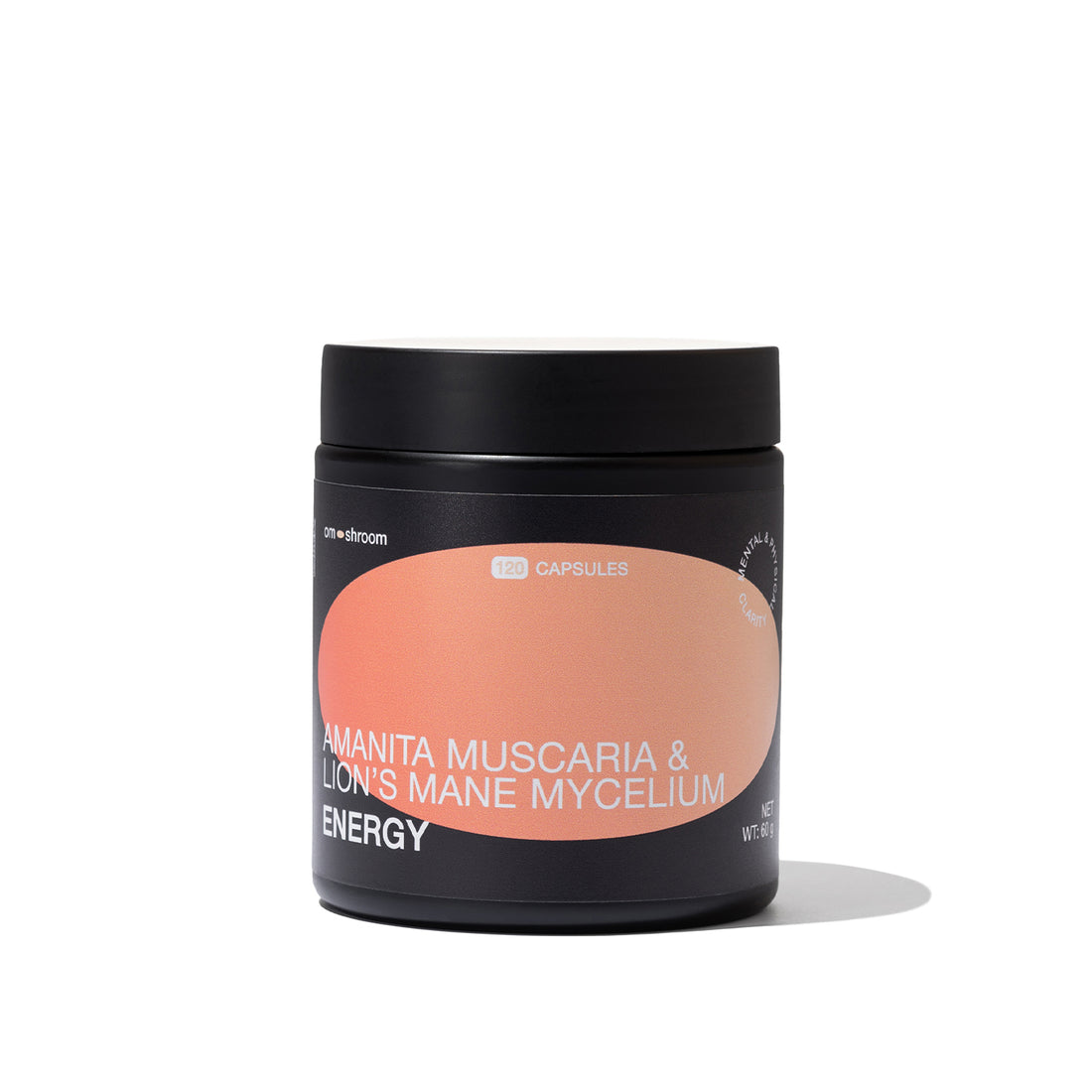
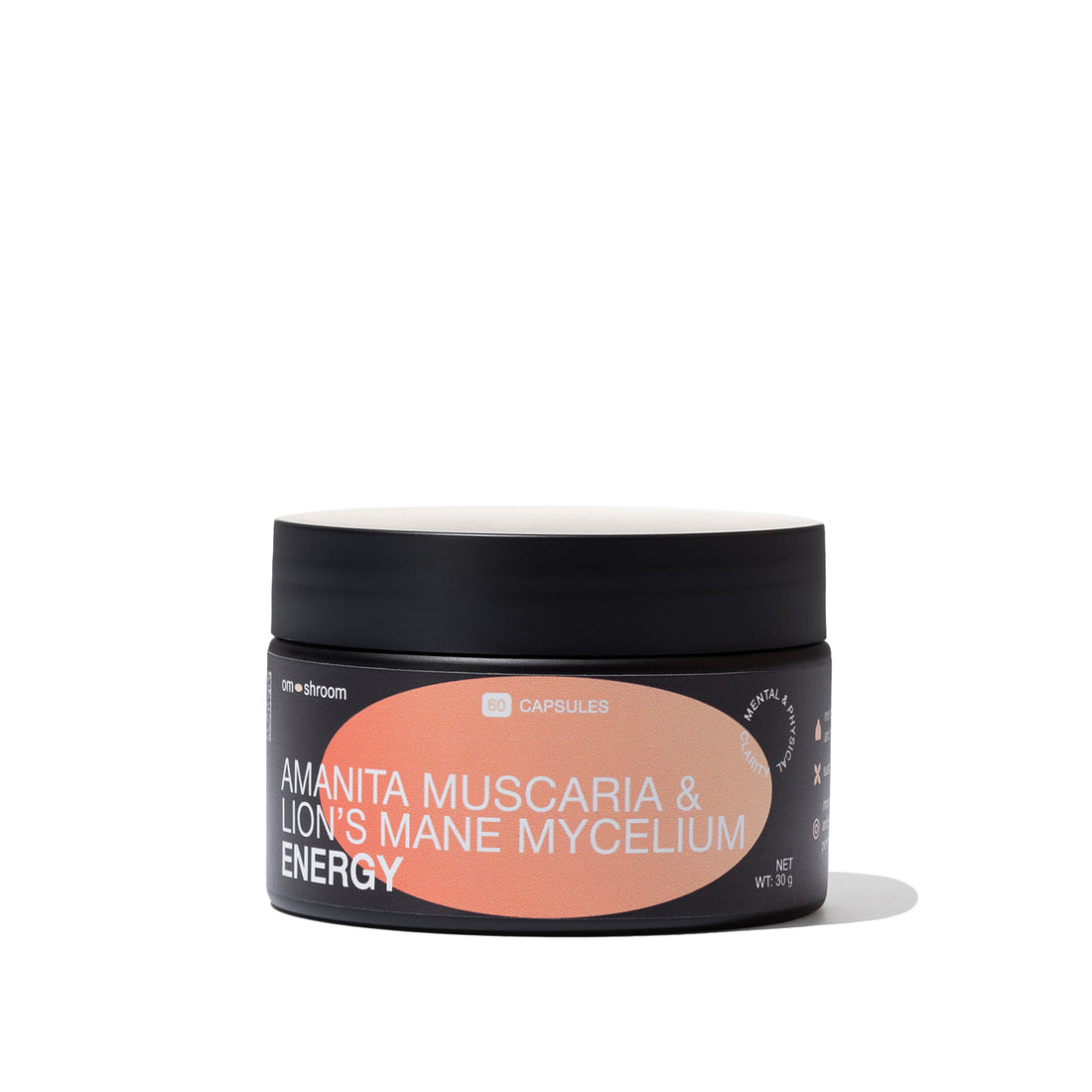 Vendor:Amanita Muscaria & Lion’s Mane Mix Capsulesom.shroom
Vendor:Amanita Muscaria & Lion’s Mane Mix Capsulesom.shroom- Regular price
-
€24.00 €40.00 - Regular price
-
- Sale price
-
€24.00 €40.00
-
Amanita Muscaria & Lion’s Mane Mix Powder 50g
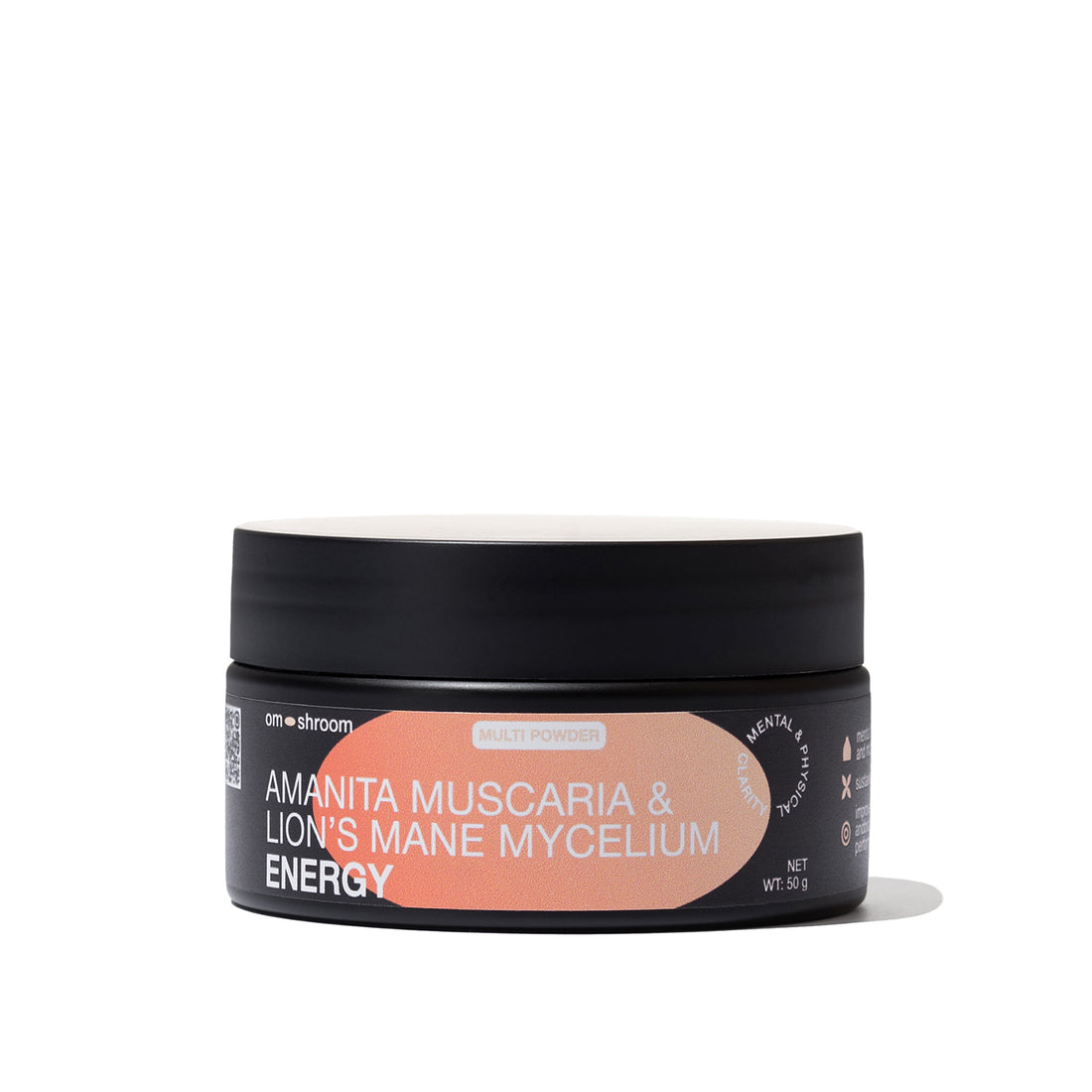 Vendor:Amanita Muscaria & Lion’s Mane Mix Powder 50gom.shroom
Vendor:Amanita Muscaria & Lion’s Mane Mix Powder 50gom.shroom- Regular price
-
€26.00 - Regular price
-
- Sale price
-
€26.00
-
ANTIPARASITIC TRIAD with Amanita Muscaria Capsules
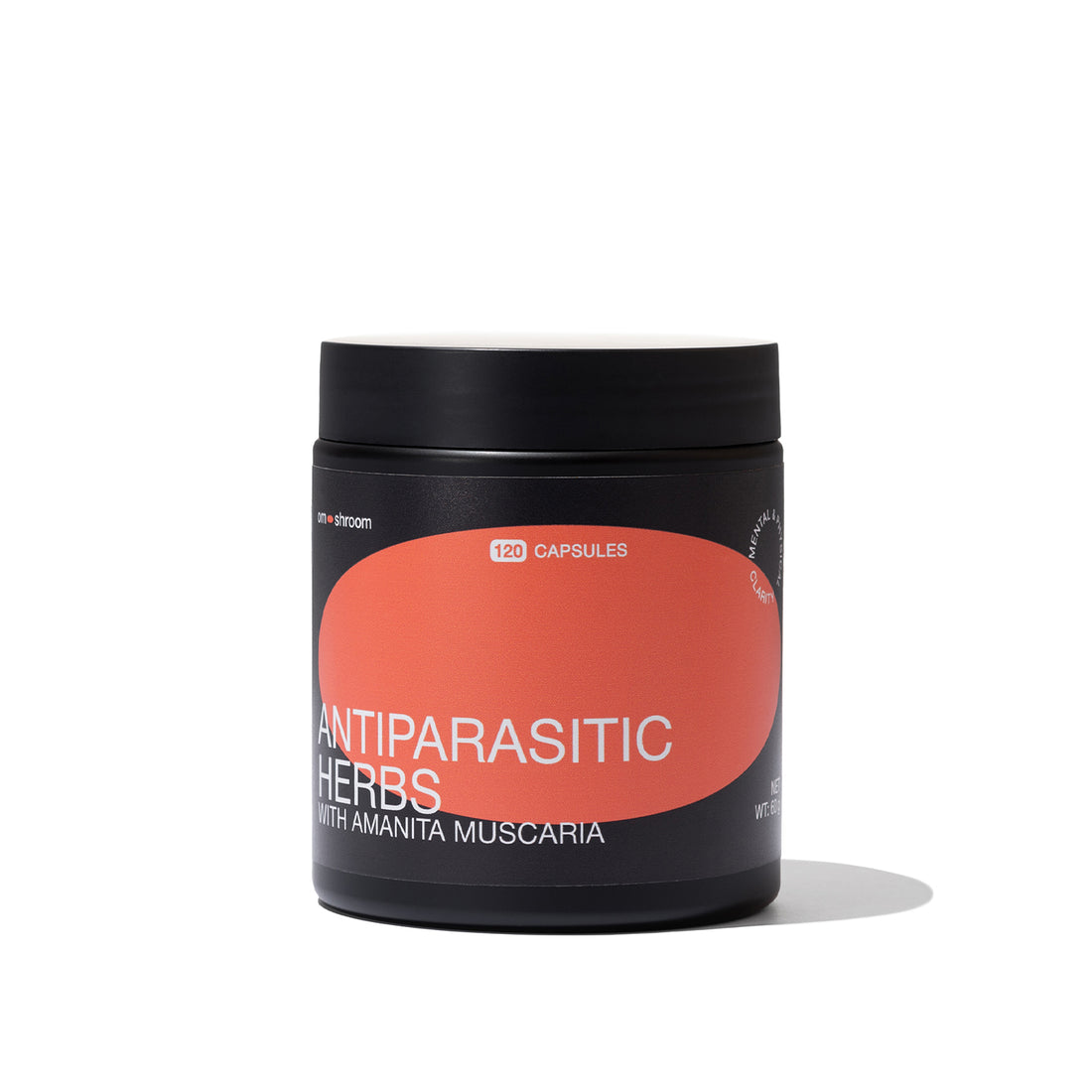
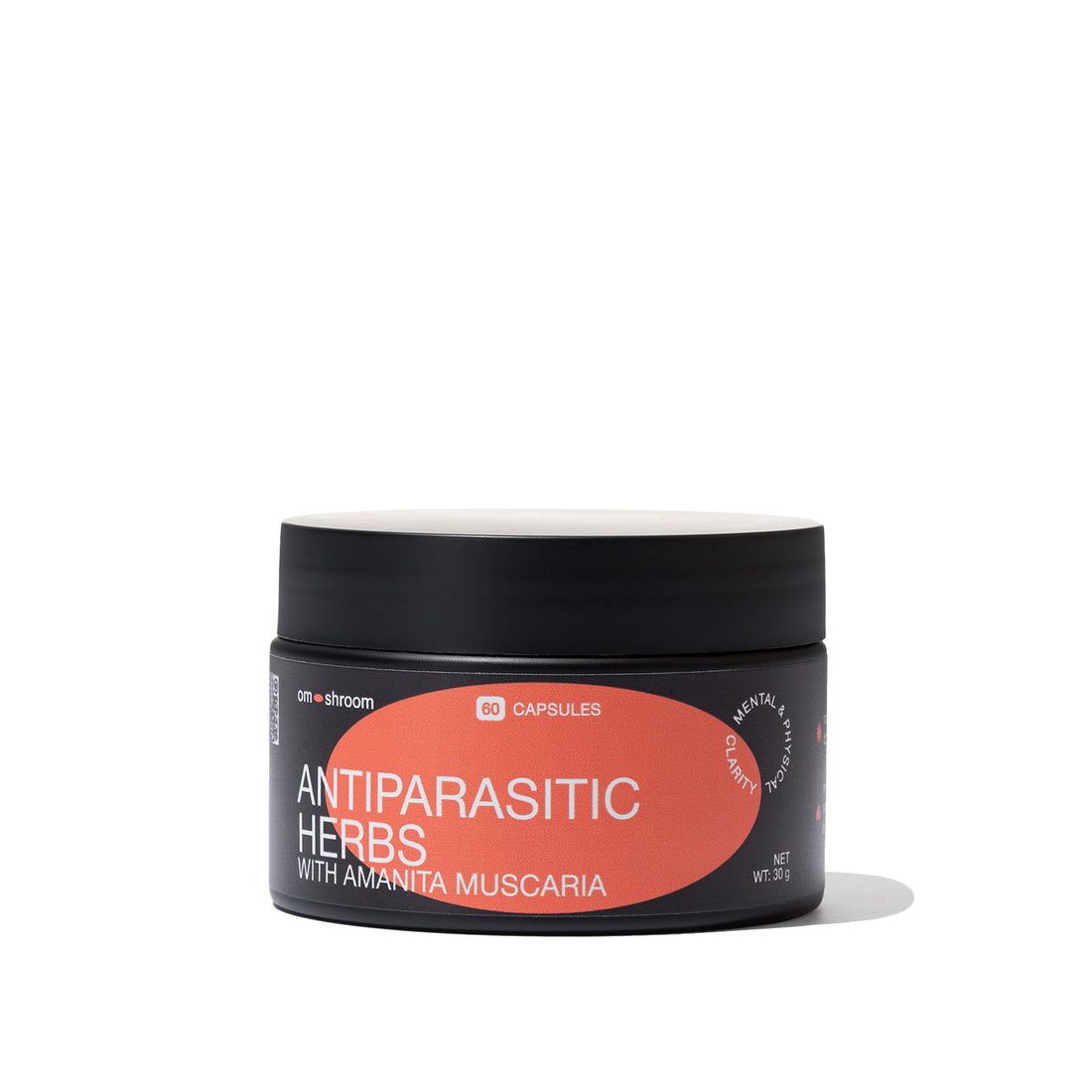 Vendor:ANTIPARASITIC TRIAD with Amanita Muscaria Capsulesom.shroom
Vendor:ANTIPARASITIC TRIAD with Amanita Muscaria Capsulesom.shroom- Regular price
-
€20.00 €34.00 - Regular price
-
- Sale price
-
€20.00 €34.00
-
ANTIPARASITIC TRIAD with Amanita Muscaria Powder 50g
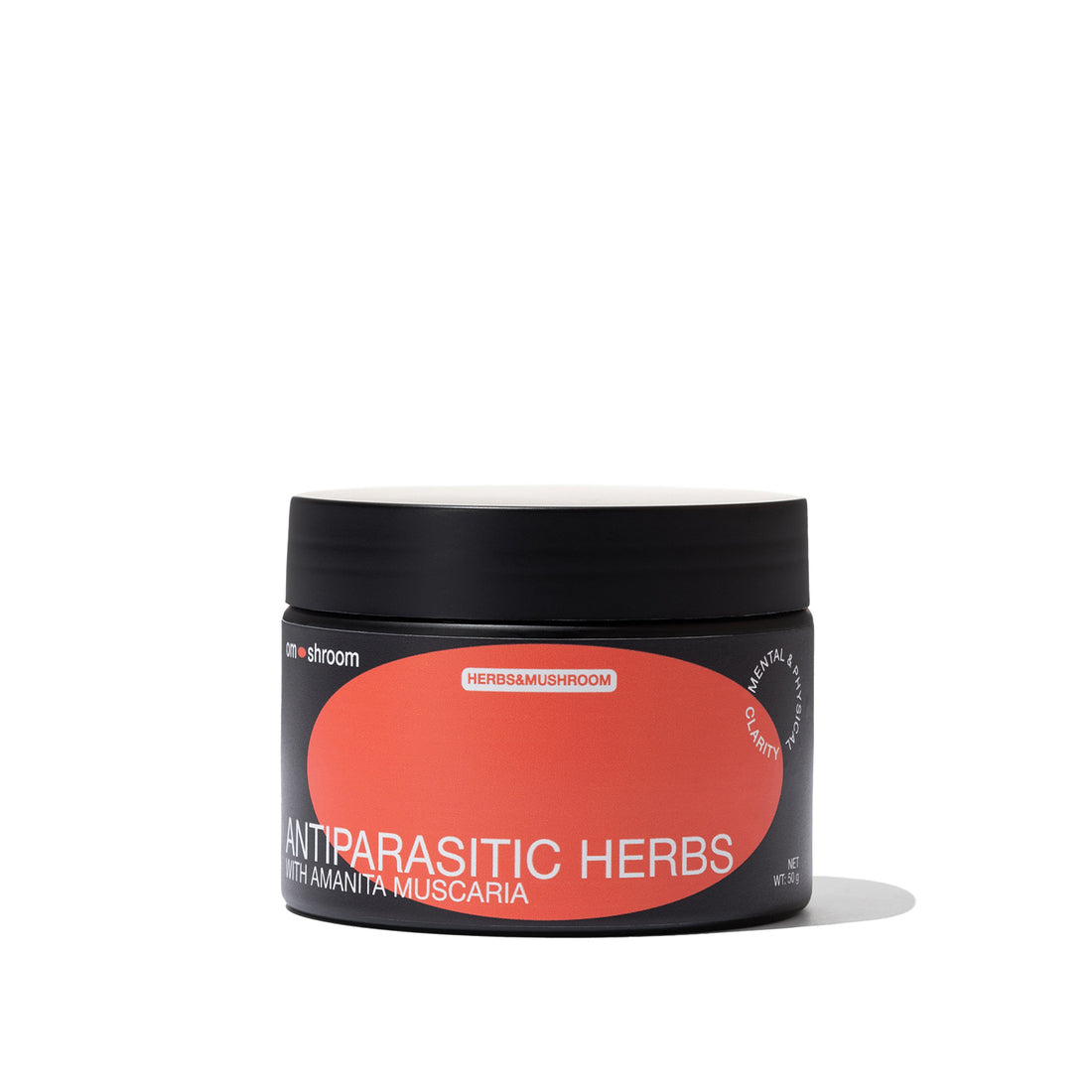
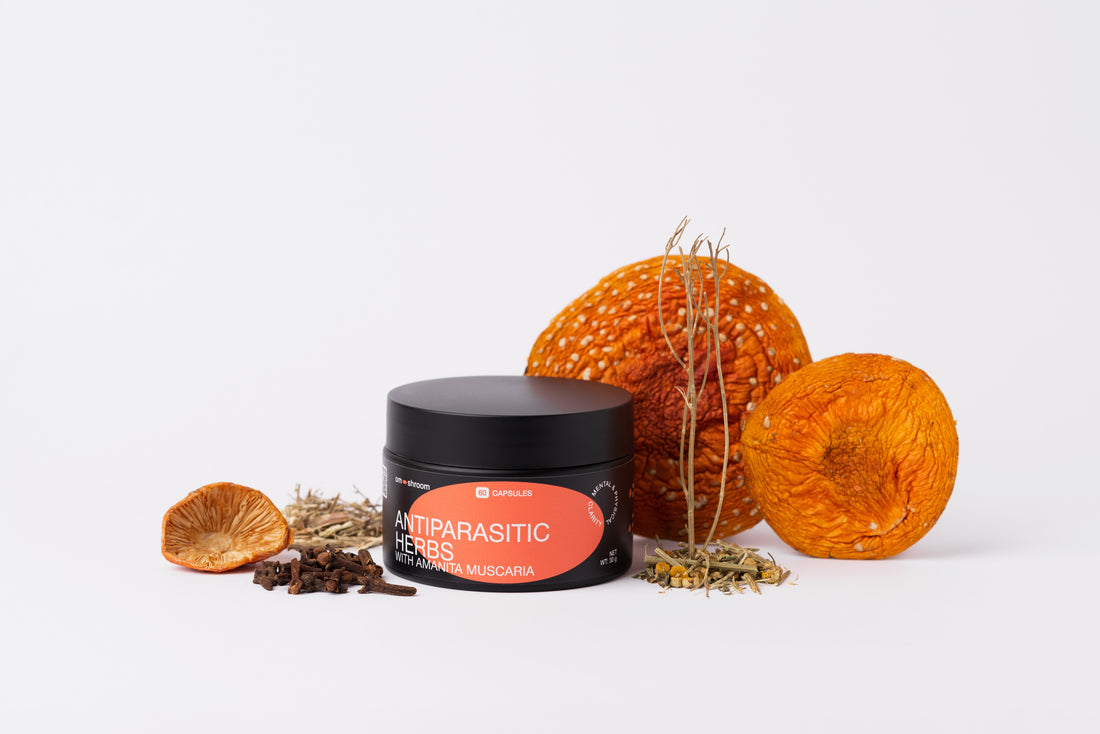 Vendor:ANTIPARASITIC TRIAD with Amanita Muscaria Powder 50gom.shroom
Vendor:ANTIPARASITIC TRIAD with Amanita Muscaria Powder 50gom.shroom- Regular price
-
€20.00 - Regular price
-
- Sale price
-
€20.00
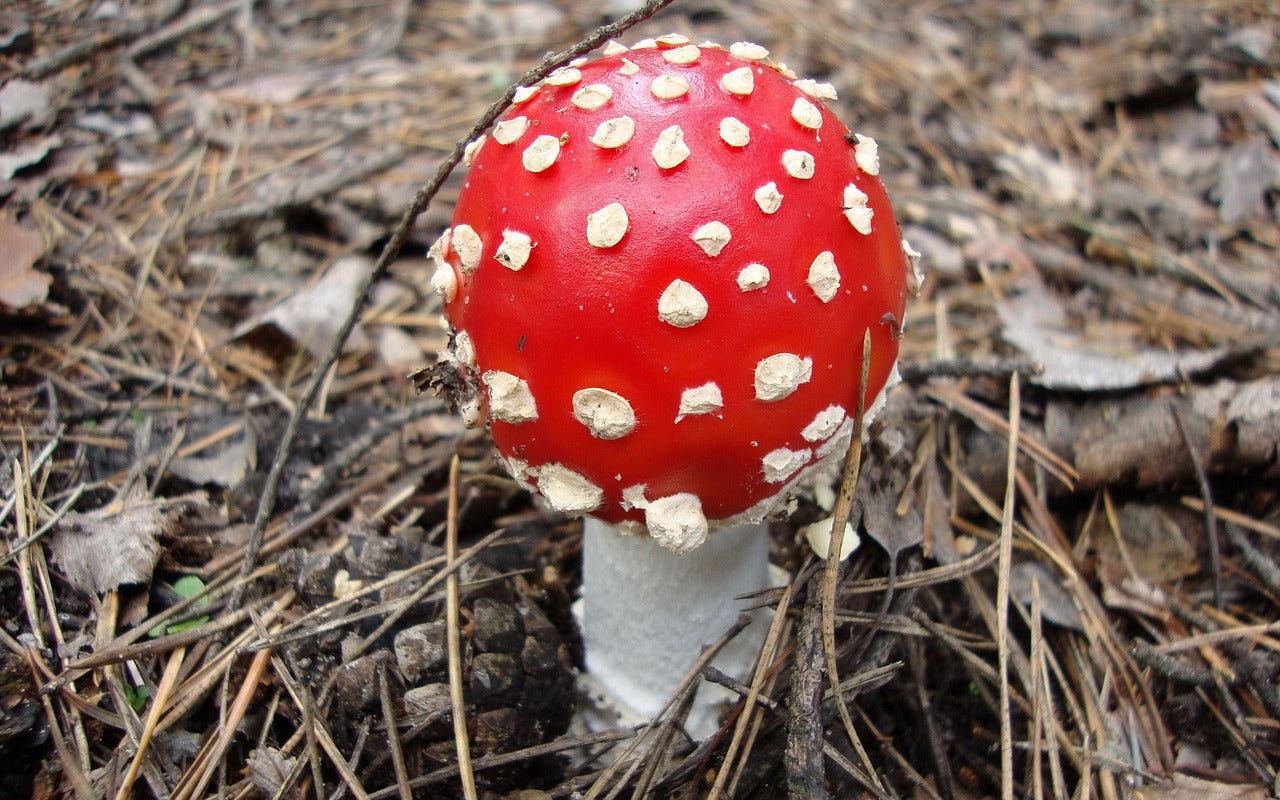
Fly Agarics: What are they? How do they look? And where do they grow naturally?
Amanita Muscaria (well-known as the Fly Agaric or Mario mushroom) is very recognizable because of its vibrant look. Through the centuries it integrated deeply into folklore, traditional practices, and artistic representations around the world.
Appearance
- Cap: Cap: Bright red/ orange, occasionally speckled with white spots. It can grow up to 20cm across and usually is glossy, and slightly sticky when wet.
- Gills: White/ cream-colored, they are located under the cap, closely packed and do not connect to the stem.
- Stipe (stalk): White with a brittle texture. The base features a bulbous volva (a cup-like structure from which the stem emerges), with shaggy rings of scales around it and a large, distinct skirt.
- Spores: White and oval-shaped.
- Scent: Slightly savory and earthy.
Where do Fly Agarics typically grow?
In temperate and boreal parts of the Northern Hemisphere of our mother Earth.
In regions such as Europe, North America, the UK, and Ireland, where it continues to be part of the natural landscape.
The mushrooms create mutual relationships with trees by connecting with mycelium to their roots. It allows both - the trees and the mushrooms - to exchange essential nutrients.
Habitats
- Forests: Prefers birch, pine, spruce, and oak woodlands.
- Regions: Found across Europe, North America, Asia, and parts of North Africa.
- Elevation: Grows from lowland forests to mountainous regions, adapting to different climates.
- Soil Conditions: Acidic, well-drained soils rich in organic material.
- Season: From late summer to early winter, depending on the climate and geography.
Fly Agarics often emerge in fairy-ring formations/ clusters near the trees' base. While they are revered for centuries in various traditions, om.shroom offers Amanita Muscaria for sale with a commitment to the highest quality standards, ensuring careful harvesting and preparation. Because we love these mushrooms.
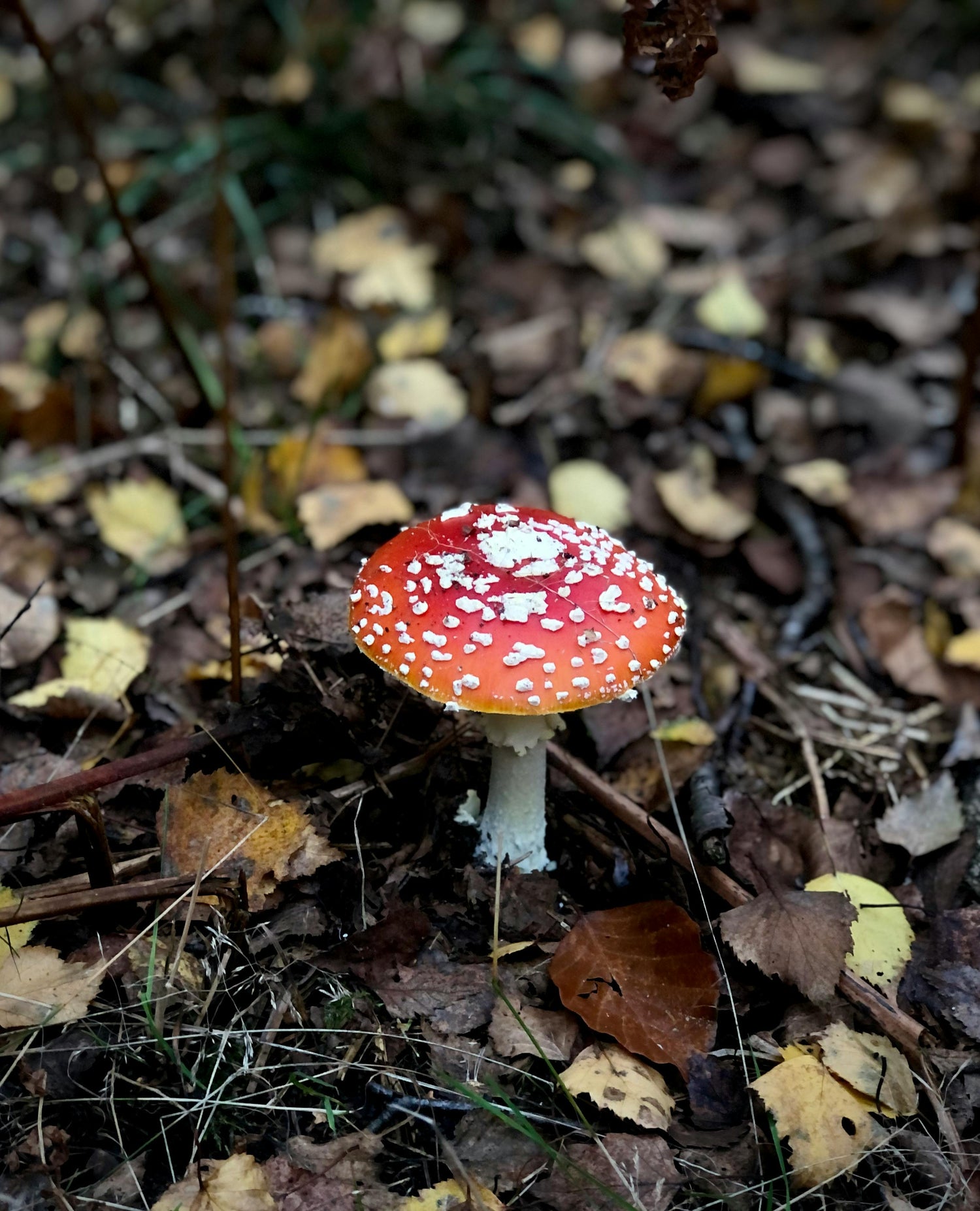
Biological description of the Amanita Muscaria
Amanita Muscaria is a prominent member of the Amanitaceae family. This mushroom is notable for its vibrant appearance and distinctive features, which have made it a subject of interest among mycologists and enthusiasts alike.
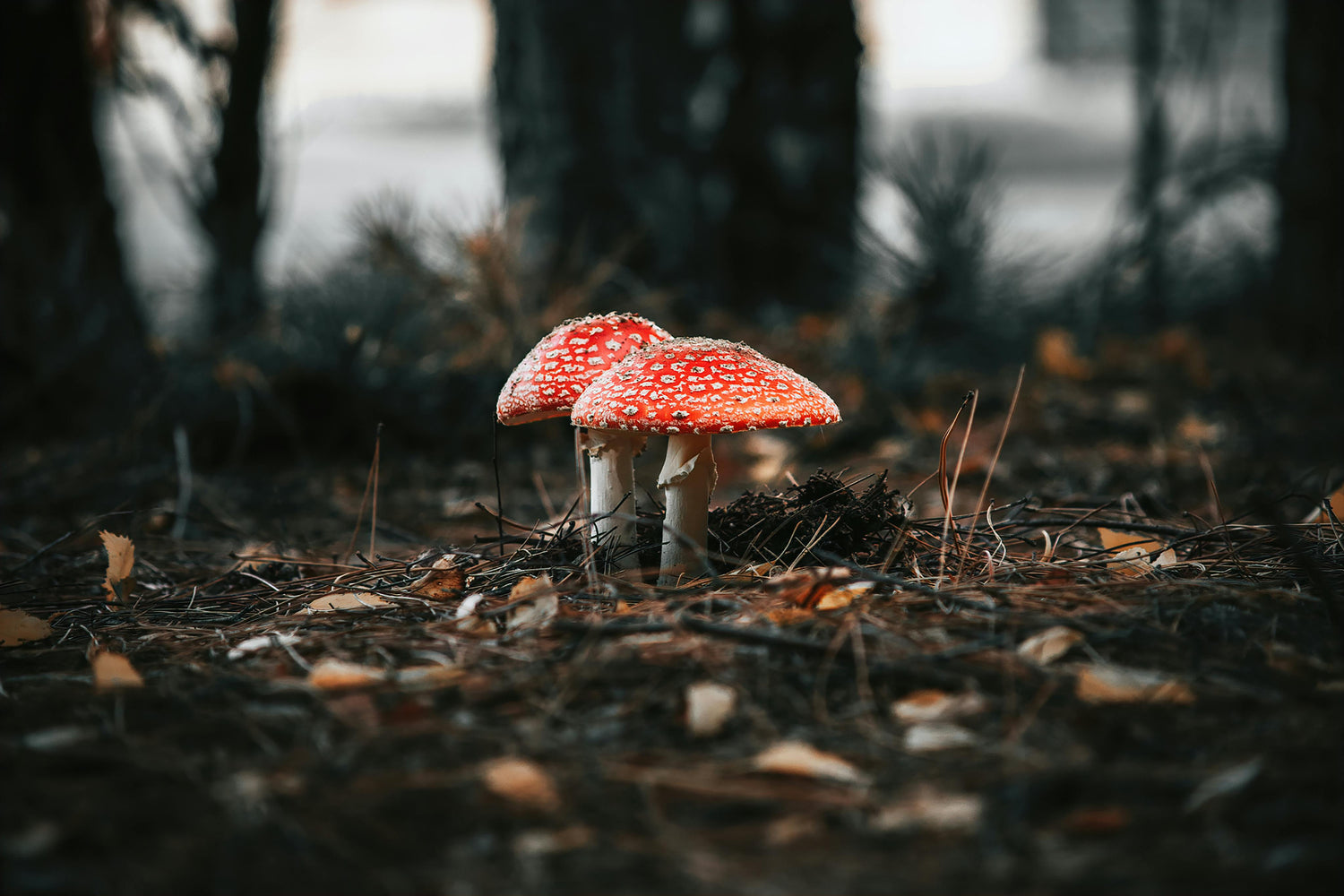
Etymology
The name of the Amanita Muscaria mushroom comes from Latin words. Amanita stands for the Amanitaceae family (its genus classification). Muscaria comes from musca ("fly" in Latin). It was used by our ancestors as a fly deterrent. They soaked pieces of the Fly Agaric in milk to attract and kill flies.
Made and certified in Ukraine
All our Amanita products are not for consumption in any form and should be kept out of reach of children and pets. They are provided strictly for artistic, research, decoration, incense, and other non-ingestible purposes.
Compliance with all applicable laws and regulations is required when handling this product. Users are responsible for ensuring that their possession and use are permitted under local, state, and federal law.


















